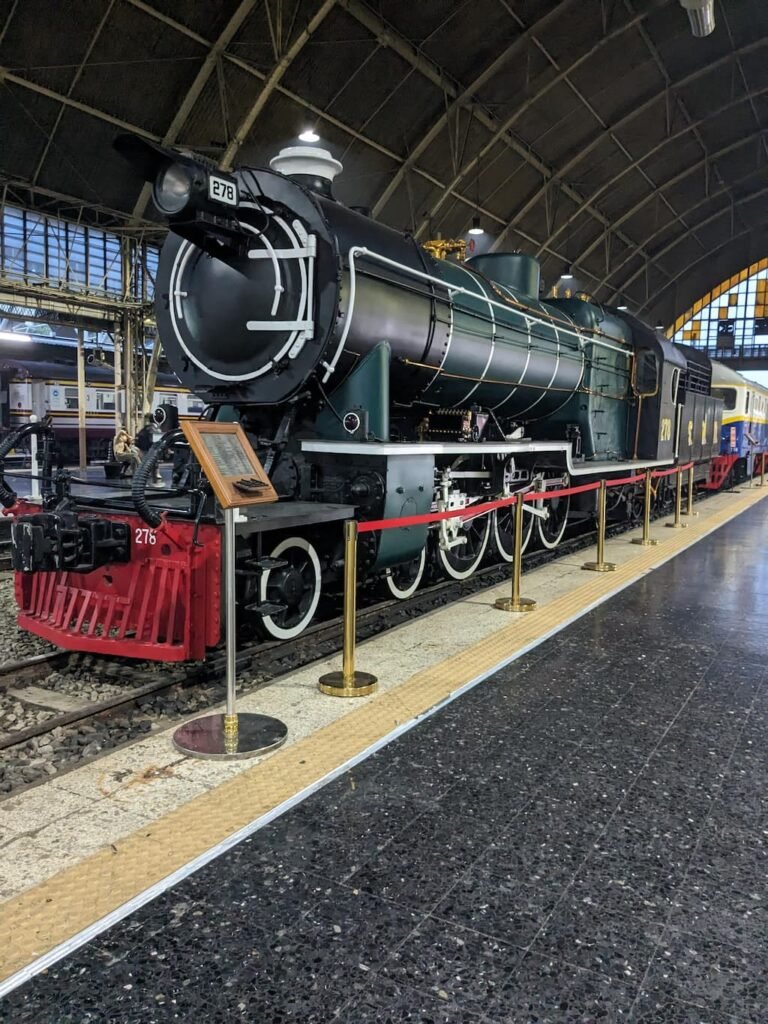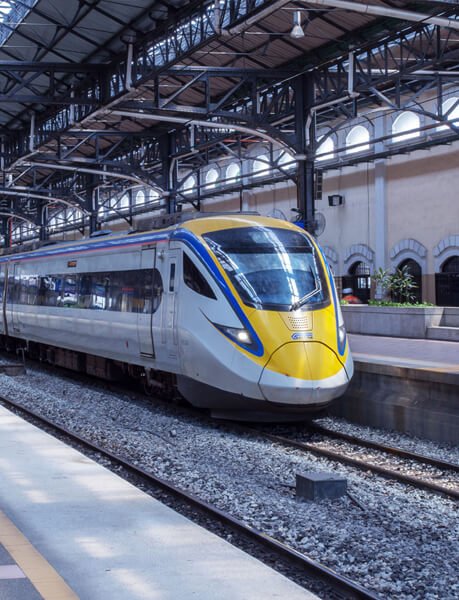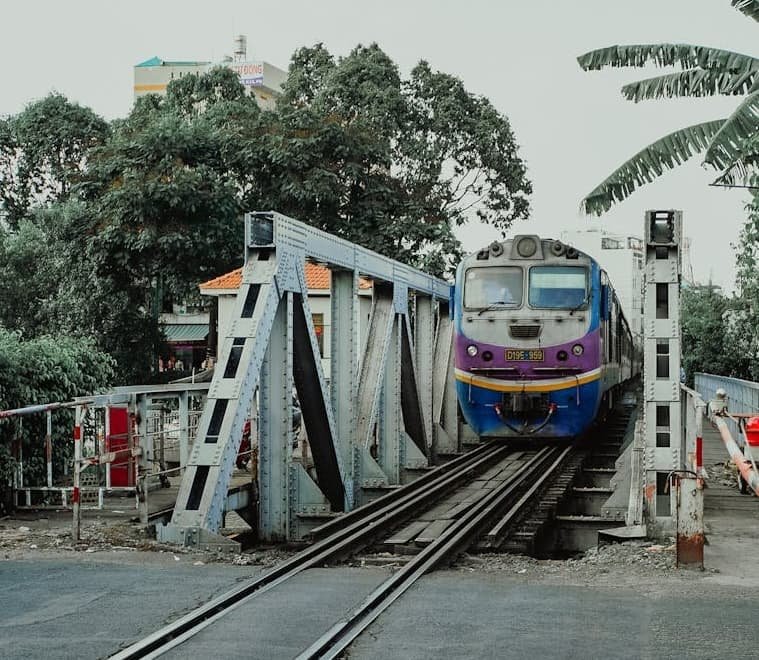Paris, the City of Light, offers a mesmerising blend of history, culture and worldliness. Among its many charms is an huge subway system, the Metro. Here’s guide on how to use the subway in Paris to ensure a smooth journey through the heart of the French capital.
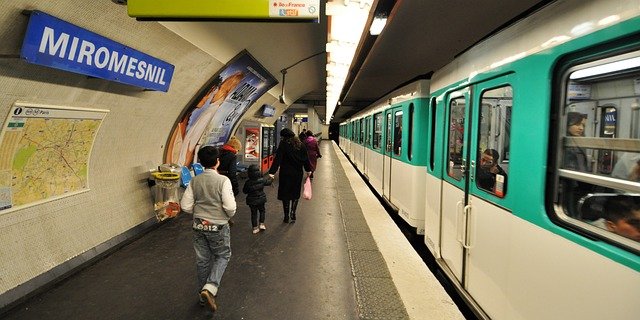
Paris Subway Route and Map
The Paris Metro system consists of 14 lines, each line is colour coded and numbered. Major stations in Paris serve as interchange points between different lines, which are convenient for transfers. Here’s a list of Parisian subway lines.
Paris Subway Lines
Line 1 (La Défense – Château de Vincennes)
It is often referred to as the “Central Line” as it goes from east to west in the city. This line connects major attractions such as the Louvre, Champs Élysées and Bastille. It is known for its efficiency and frequency, making it a popular choice for both locals and tourists.
Line 2 (Porte Dauphine – Nation)
This line runs parallel to Line 1, as it provides an alternate route through the city center. It also passes by famous landmarks like Montmartre, Pigalle and Père Lachaise Cemetery.
Line 3 (Pont de Levallois Bécon – Gallieni)
This line connects the northern and eastern parts of Paris. It passes by neighbourhoods like Le Marais, République and Belleville.
Line 4 (Porte de Clignancourt – Mairie de Montrouge)
This line intersects with several major lines, facilitating easy transfers. It passes by iconic places like Saint Germain des Prés, Île de la Cité and Montparnasse.
Line 5 (Bobigny – Pablo Picasso – Place d’Italie)
This line connects the northeastern and southeastern suburbs with central Paris. It passes through the neighbourhoods of Oberkampf and Bastille, as well as the Latin Quarter.
Line 6 (Charles de Gaulle – Étoile – Nation)
This line offers a scenic route along the Seine River, passing landmarks like the Eiffel Tower, Trocadéro and Place d’Italie. It’s a favourite among tourists seeking pleasant views of the city.

Line 7 (La Courneuve – 8 Mai 1945 – Mairie d’Ivry/Villejuif – Louis Aragon)
This line connects the northeastern and southeastern suburbs with central Paris. It serves bustling areas such as Opéra, Palais Royal and Place Monge.
Line 8 (Balard – Pointe du Lac/Créteil – Pointe du Lac)
This line goes from southwest to northeast parts of the city. It passes through districts like Bastille, République and Grands Boulevards. It provides access to cultural institutions like the Opéra Garnier and the Grévin Museum.
Line 9 (Pont de Sèvres – Mairie de Montreuil)
This line connects the western suburbs with eastern Paris, passing through commercial hubs like Champs Élysées Clemenceau.
Line 10 (Boulogne – Pont de Saint-Cloud – Gare d’Austerlitz)
This line runs along the Left Bank of the Seine River, serving neighbourhoods like Odéon, MaubertMutualité and Jussieu. It offers convenient access to landmarks like the Sorbonne and the Latin Quarter.
Line 11 (Châtelet – Mairie des Lilas)
This line connects central Paris with it’s northeastern suburbs. It passes through areas like Arts et Métiers, République and Belleville. It’s also known for its speedy service and accessibility.
Line 12 (Front Populaire – Mairie d’Issy – Porte de la Chapelle/Mairie d’Issy)
This line connects northwestern and southeastern suburbs with central Paris. It passes through lively neighbourhoods like Pigalle, Montmartre and Madeleine.
Line 13 (Asnières – Gennevilliers – Les Courtilles – Châtillon – Montrouge)
This line connects the northwestern and southwestern suburbs. It passes through hubs like Saint Lazare, Invalides and Montparnasse Bienvenüe.
Line 14 (Saint Lazare – Olympiades)
It is the newest and most modern line of the Paris Metro. This line offers fast and efficient service between Saint Lazare and Olympiades. It provides access to business districts like Bercy and cultural landmarks like the Louvre.
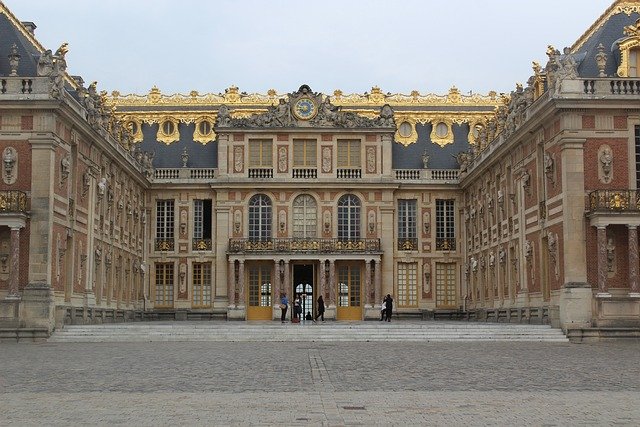
Love travelling through France? Take a look at other French guide
How to get to Versailles Palace from Paris
How to buy Paris Subway Tickets
Tickets and passes can be bought at ticket machines located in all metro stations. Ticket machines have multilingual interfaces which make the ticket booking process straightforward. The tickets machines accept cash as well as credit/debit cards. Alternatively, tickets can be purchased from ticket counters.
Paris subway runs throughout the day, with trains starting early in the morning and continuing until midnight. Be sure to check train schedule in advance, as frequency may vary depending on the time of day and day of the week.
Ticket Options
- Single Ticket (Ticket t+): Single tickets are ideal for occasional travellers or those seeking a one way journey. It is valid for one trip within a zone, including transfers within 90 minutes.
- Carnet (Book of 10 Tickets): It is an cheap option for multiple trips, allowing flexibility and savings.
- Paris Visite Pass: This pass is best for tourists exploring various attractions across multiple days. It offers unlimited trips within selected zones.
- Navigo Decouverte Pass: This pass is for long term or frequent travellers. It provides unlimited travel within selected zones for a week or a month.
Tips for Smooth Travel
Online Resources
Use online resources and mobile apps which provide real time information on routes, schedules, and service updates. Apps like RATP and Google Maps offer basic interfaces, which allows users to plan their journeys efficiently.
Interchange Stations
Before planning your trip, identify interchange stations for smooth transfers between different metro lines. Major interchange stations such as Châtelet Les Halles and Saint Lazare are hubs connecting several metro lines. Make use of online apps as mentioned above to get the best route possible for your trip.
Be Vigilant
It is always advised to keep your belongings secure, especially in crowded stations or trains. If any of your items get stolen, report to nearest police station as soon as possible. If important documents like your passport get stolen, contact the nearest embassy to get the best assistance.
Mind the Gaps
Exercise caution when boarding and getting off trains, as platform gaps may exist in some of the stations. Remember to pay attention to warning signs and announcements for a safe journey.
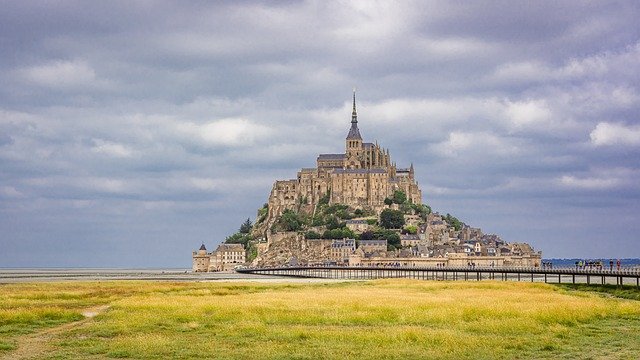
Love travelling through France? Take a look at other French guides
How to get to Mont St Michel from Paris
How to get to Versailles Palace from Paris
I hope this information helps you to use Paris subway efficiently. If you have any questions, please feel free to leave a comment below. Happy travels!
